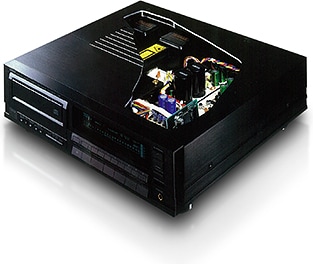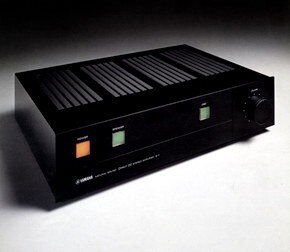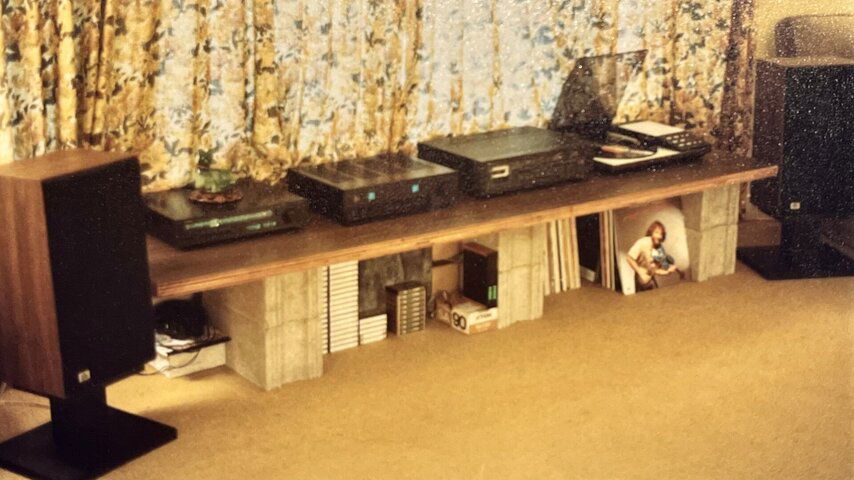3 3/4 inches between the Min and Max marks on the ones I use. And you can adjust the gizmo up and down in the clamp. I've never used the WiFi capability other than to see if it worked.
Most of the comparisons/ratings I've read gave the Joule top marks. I didn't like the app requirement so never tried one.
I bought the Nano when it was introduced because they were claiming the app would be able to control multiple devices at the same time which sounded interesting. Didn't notice the fixed clamp in the ads. They never added the multiple device functionality to the app so it was a waste anyway. This was years ago.
I still Sous Vide 2-3 times a week.
Most of the comparisons/ratings I've read gave the Joule top marks. I didn't like the app requirement so never tried one.
I bought the Nano when it was introduced because they were claiming the app would be able to control multiple devices at the same time which sounded interesting. Didn't notice the fixed clamp in the ads. They never added the multiple device functionality to the app so it was a waste anyway. This was years ago.
I still Sous Vide 2-3 times a week.
Last edited:




